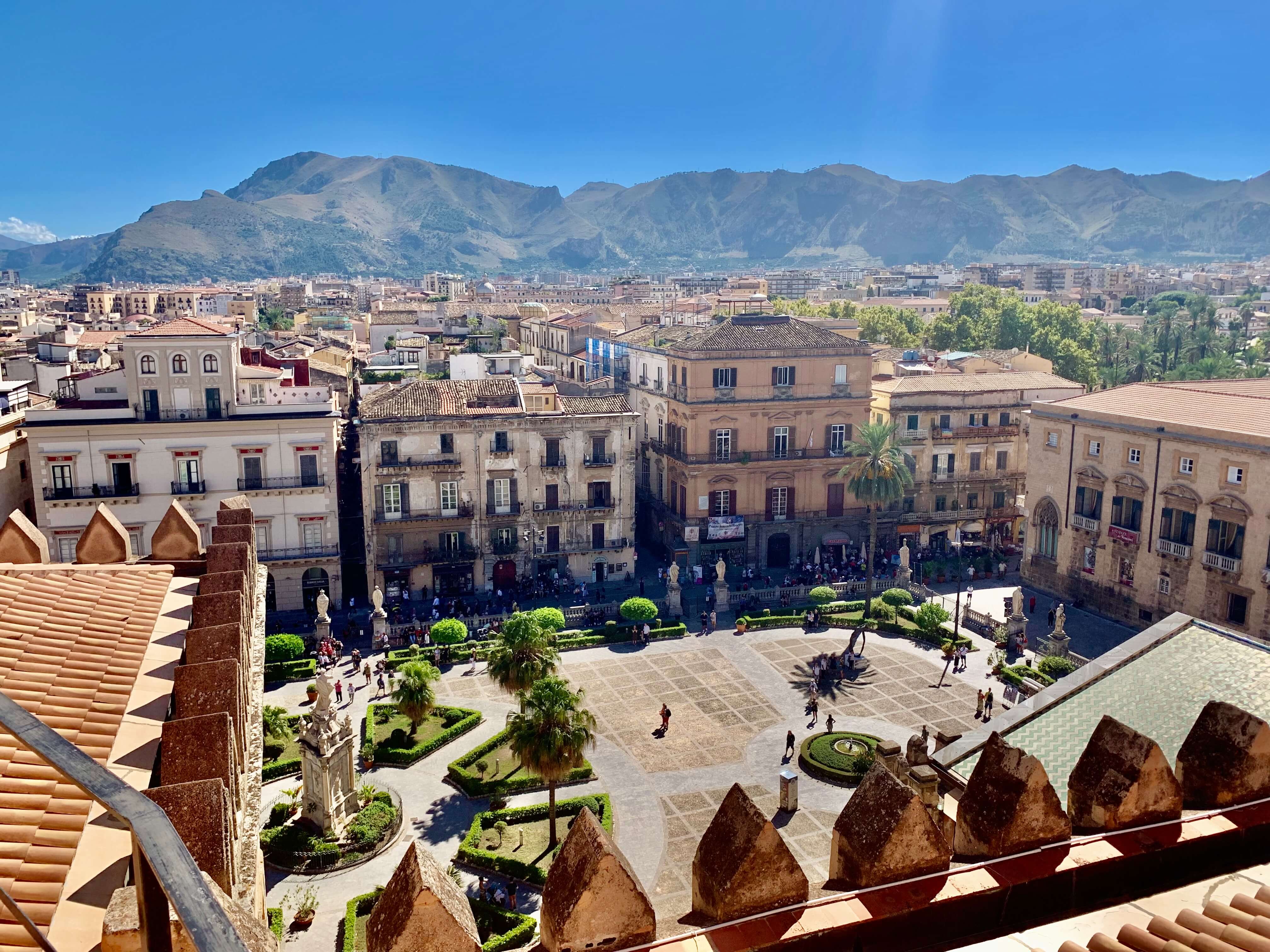- Home
- Sicilian Culture
Sicilian Culture: A Journey Through History, Art, and Cuisine
Sicily is the largest island in the Mediterranean. Various civilizations have passed through it over the centuries. Sicilian culture is a unique and vibrant mix of all these influences.
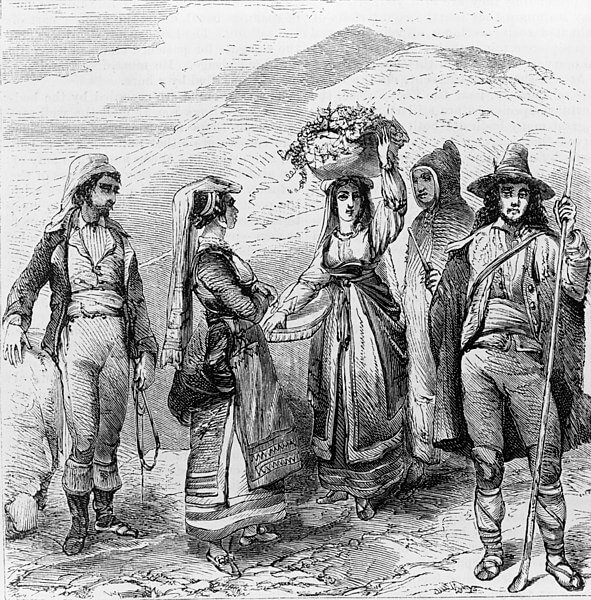
There is much to explore and appreciate in this rich and diverse culture. Things like stunning architecture, art, and delicious cuisine.
Join us as we delve into the fascinating world of Sicilian culture.
The History of Sicily: From Ancient Times to the Present Day
Sicily has a long history. The island has been inhabited since prehistoric times. But it wasn't until the Greeks arrived that Sicily became an important cultural, political, and commercial center.
The good times came to an end in 241 BC, when the Romans conquered the island.
The Roman Empire was the superpower of its time. They were renowned for their military prowess.
For the Romans, Sicily was important as a strategic destination and a granary. They made the most of the place but didn't much appreciate its inhabitants.
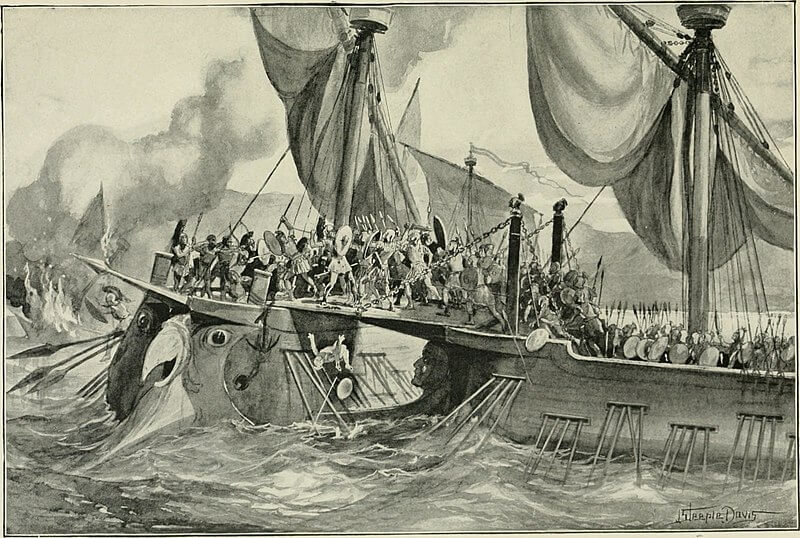
The most far-reaching thing the Romans brought to Sicily was Christianity. It still has a significant impact on the lives of Sicilians today.
Christianity was also the last thing the Romans brought to the island before their empire collapsed. For a while, the Byzantines took their place as rulers of Sicily.
It didn't last long, though. Next, the power was seized by the Arabs. And when the various Arab emirates started fighting each other, the Normans took the opportunity.
Although the Normans conquered Sicily from the Arabs, they weren't expelled from it. Many of the Arabs continued to govern the island, in the same way as before, under the Norman rule.
The Normans did much good to Sicily. At that time - in the early 1000s - different cultures were working together in the island. It was also the period when many of the island's finest attractions were created.
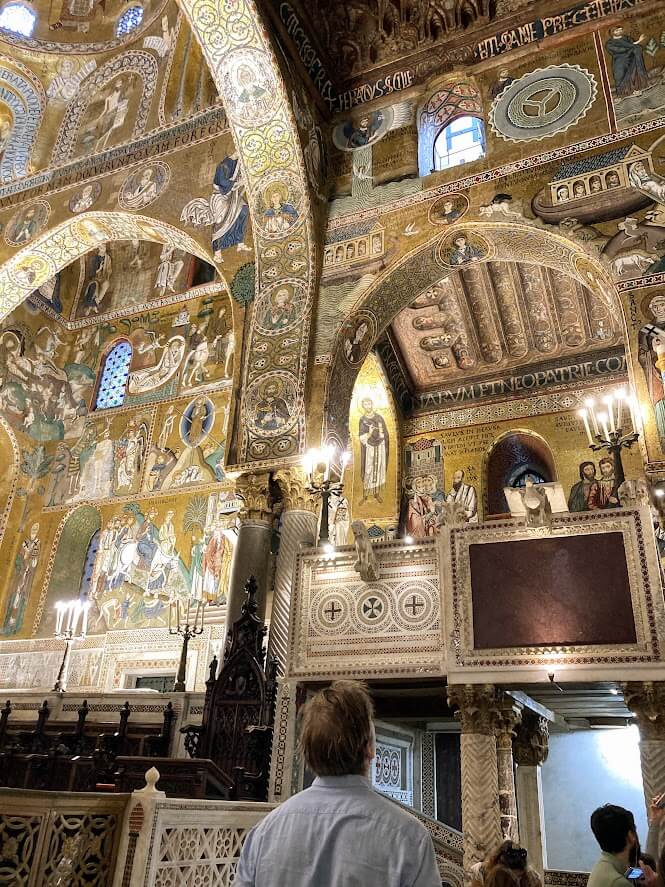 Marveling at the Palatine Chapel, in Palermo, inside the Norman Palace.
Marveling at the Palatine Chapel, in Palermo, inside the Norman Palace.After a couple of hundred years, power passed to the Spanish court.
After that, Sicily remained in obscurity for hundreds of years. The nobility ruled the island however they could. The actual rulers rarely showed their faces.
Newly discovered sea routes to America and around Africa made Sicily a periphery on a global scale.
In 1860, an adventurer called Garibaldi started to unite Italy. Sicily was also incorporated into the new Italian state.
The beginning of a new era was not easy for the Sicilians. In Sicily, it was marked by economic hardship, poverty, and organized crime.
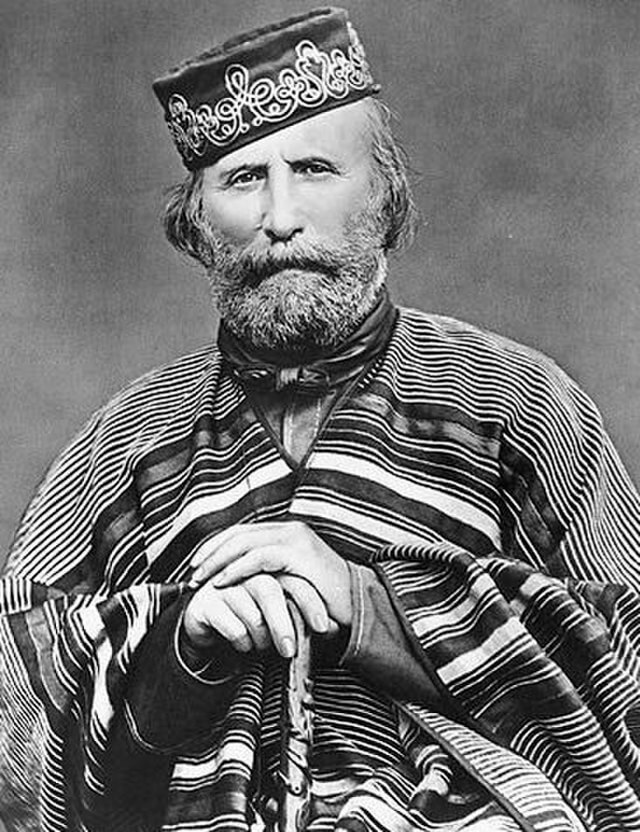 Giuseppe Garibaldi, in his older days.
Giuseppe Garibaldi, in his older days.The end of the 20th century brought significant social and political reforms. Today, Sicily is an autonomous region of Italy.
Sicilian culture has been shaped by all the ages. Greek, Arab, and Norman influences are still strong. They are reflected in the architecture, art, and cuisine of Sicily.
The Art of Sicily: From Greek Temples to Modern Times
Greek influences arrived in Sicily in the 5th and 4th centuries BC. This still shows particularly in the Greek parts of the island, like Syracuse and Agrigento.
The Valley of the Temples in Agrigento is an exceptionally well-preserved example. It is built in the Doric style of characterized by this period.
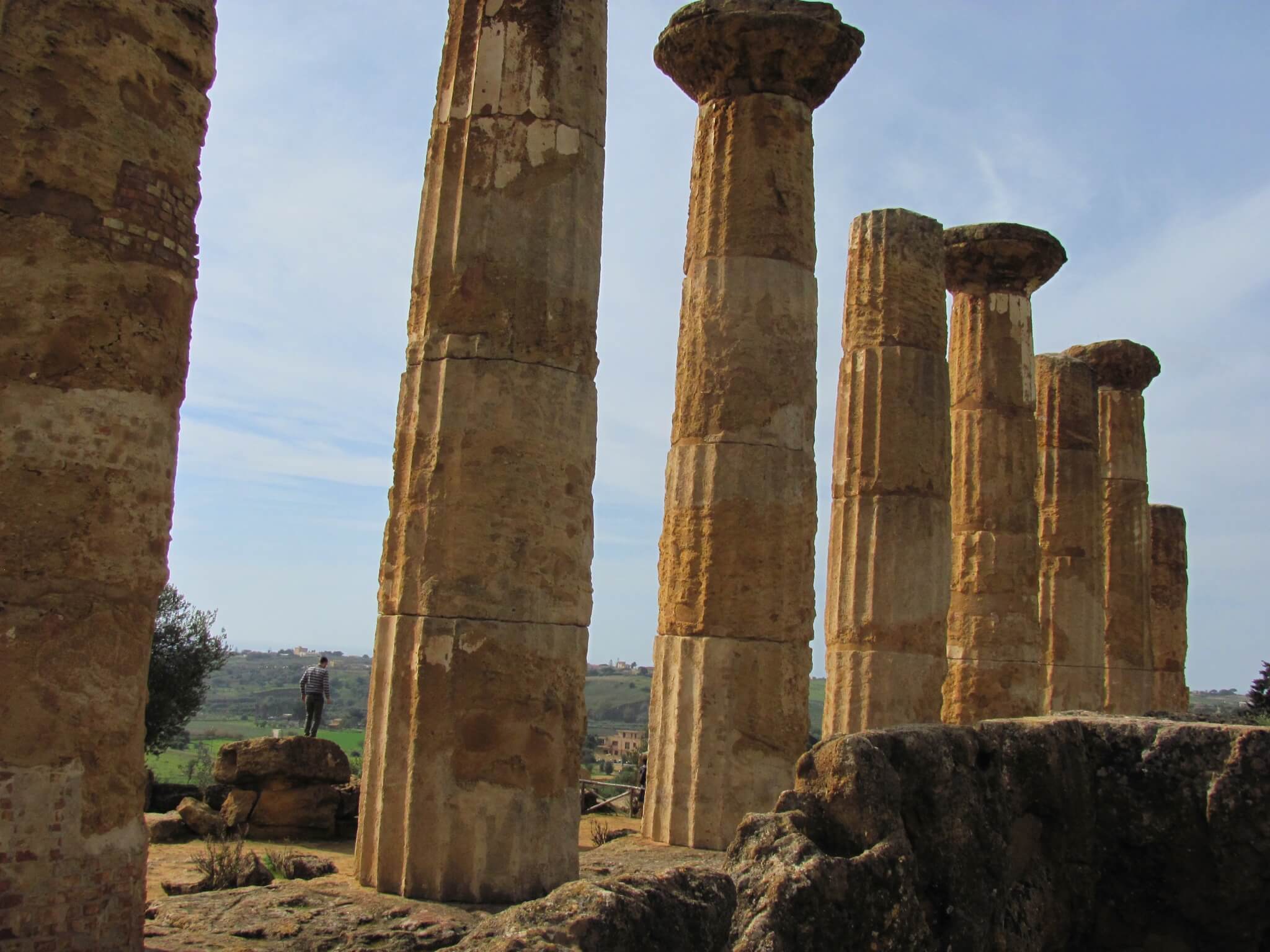 Inside the Valley of the Temples.
Inside the Valley of the Temples.The most spectacular example of the Roman Empire can be found near Piazza Armerina. Here, in central Sicily, is Villa Romana del Casale.
It is a Roman villa with mosaics that are exceptionally well preserved.
Byzantine, Arab, and Norman craftsmanship can be admired in the Norman churches. The cathedrals of Palermo, Monreale, and Cefalu are elegant examples of this intercultural collaboration.
When in Palermo, check also the Norman Palace and the Palatine Chapel.
The Renaissance mostly passed by Sicily. But it still left some impact on the art of its time.
Baroque, on the other hand, was a popular style in Sicily. Its most striking examples are the towns of Noto, Ragusa, and Modica. They were all rebuilt in the Baroque style after the great earthquake of 1693.
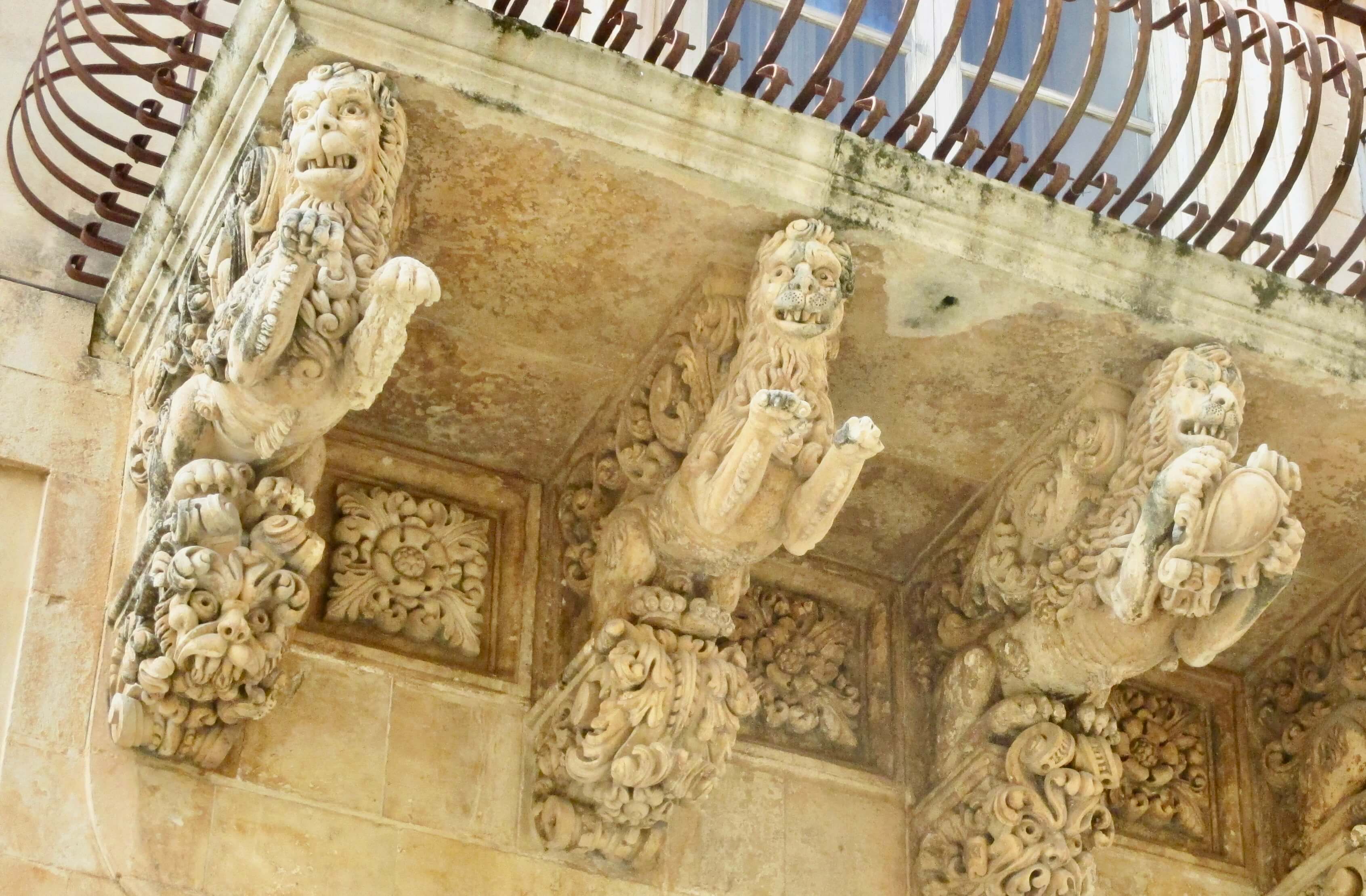 Balcony decorations in Noto.
Balcony decorations in Noto.With the advent of the modern era, realism became a fad. Sicilian art also began to show the influence of realism. At that time, social and political problems were very much on artists' radars.
The best-known example of Sicilian realism is Giovanni Verga's short stories. One of them, Cavalleria Rusticana, is also known as a famous opera.
The Sicilian contemporary art scene is very active today. New artists use a wide range of media. As well as the present, their works also reflect the island's long history.
The Cuisine of Sicily: A Fusion of Flavors and Traditions
Sicily's many conquerors have also left their mark on the kitchen. The Arabs, in particular, brought many plants to the island that are still widely used today.
The food in Sicily uses the raw materials that have traditionally been available on the island. These include a variety of seafood and a wide range of fruits and vegetables.
Thanks to its many influences, Sicilian cuisine is rich in flavors and aromas.
In addition to Italian influences, North African flavors are widely represented. However, traditions vary from one part of the island to another.
One of the most famous Sicilian delicacies is arancino. These deep-fried rice balls traditionally contain meat sauce, mozzarella, and peas.
Another well-known Sicilian dish is Pasta alla Norma. It is named after Bellini's opera. Meaning it is "a real masterpiece."
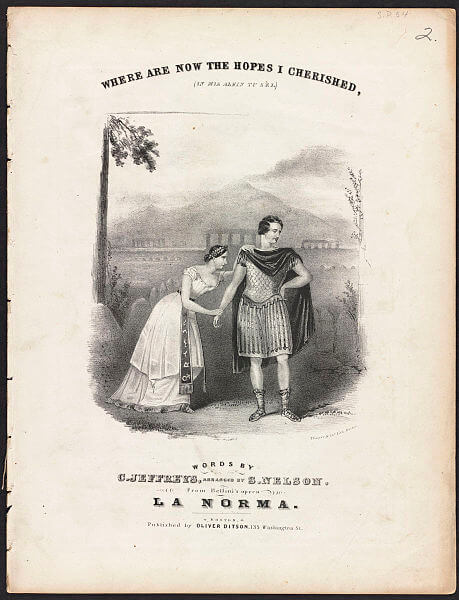
In addition to the many crops, the Arab heritage includes a variety of sweet delicacies. The most famous of these are cannoli and cassata.
Sicilian food is a testament to the island's rich cultural heritage and fertile soil.
Sicilian Festivals and Celebrations: A Year-Round Calendar of Events
At this point, it is probably pointless to say what the many festivals in Sicily reflect. You guessed right: the island's thousands-of-years-old history.
It seems like every village has at least one festival. What these festivals celebrate depends on the history of the place.
The festival of Saint Agatha in Catania celebrates the city's patron saint.
The festival of Santa Rosalia in Palermo celebrates the patron saint of Palermo, Saint Rosalia.
There are also many food-related festivals. Like the pistachio festival in Bronte. Or the chocolate festival in Modica. Or the mushroom festival in Castelbuono. And many, many more.
Then there are the film festivals. The most famous of these is the Taormina Film Festival. It attracts famous people from all over the world.
Syracuse also has its own film festival.
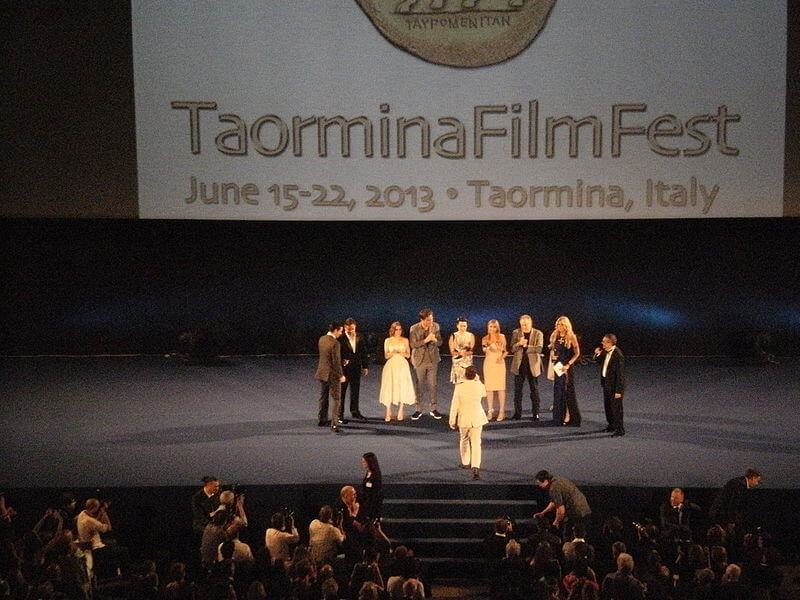
The arrival of spring is celebrated most spectacularly in Agrigento. The Almond Blossom Festival takes place when the almond trees bloom.
Only December is quieter on the festival front. That's because it's spent on preparation for Christmas.
In addition to Christmas, another island-wide celebration is Easter. Third is Ferragosto, in the middle of August. These three are big feasts all around Italy.
In general, many of Sicily's festivals are religious in one way or another. Or they are related to food. Or to a historical event.
But whatever the theme, one thing remains the same. The Sicilian festivals celebrate communal ties - between family, townspeople... Or everybody, as in Ferragosto.
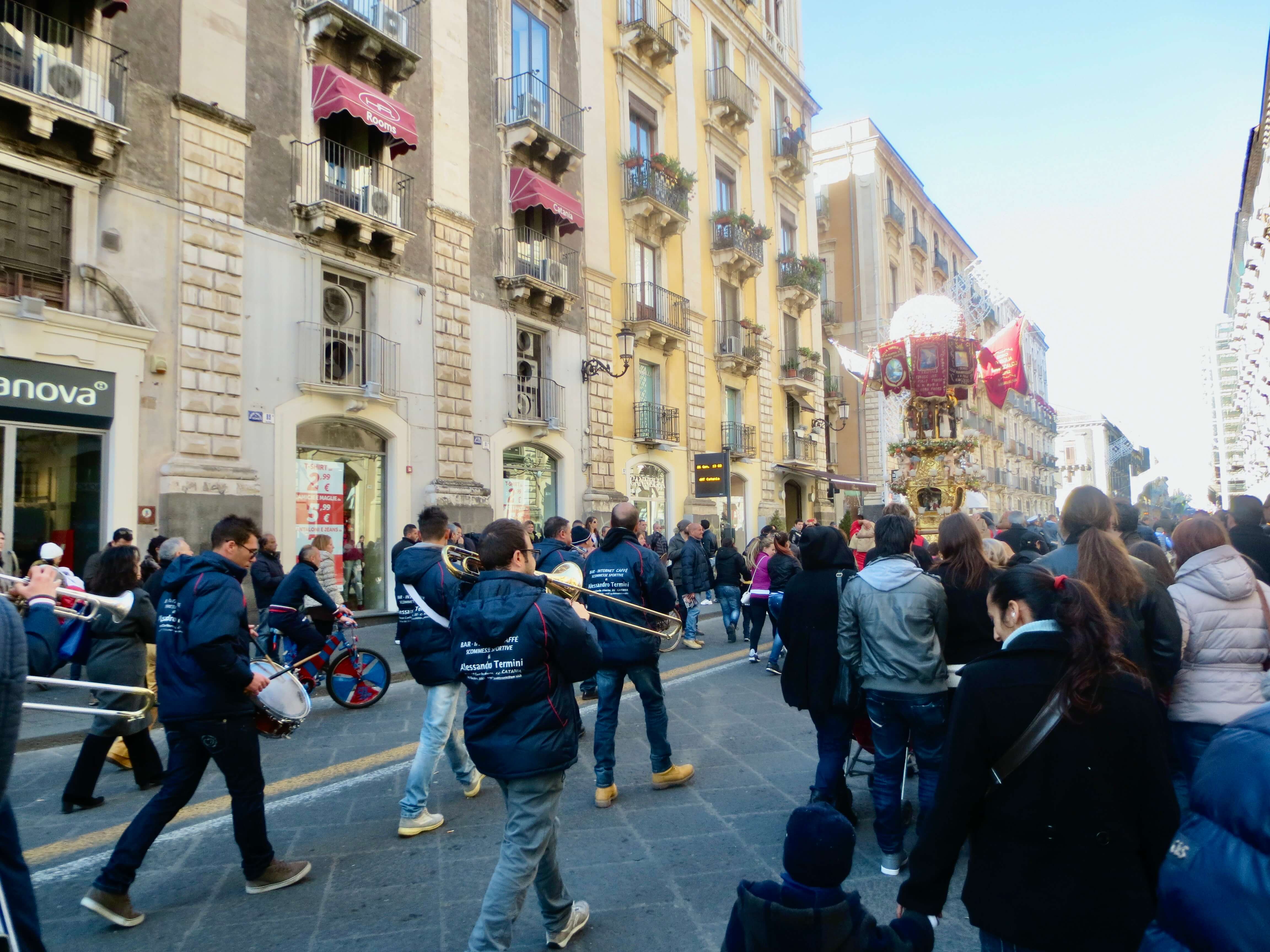 Festival of Saint Agatha in Catania.
Festival of Saint Agatha in Catania.Sicilian Culture: Conclusion
Sicilian culture goes hand in hand with the history of the island. Many conquerors have left their mark on the island's art, food, and festivities.
Local traditions run parallel to the broad historical arcs. Each locality has its own experience of the great turning points in history. And so there are many different traditions.
Each place in Sicily has its own identity.
Today Sicilian culture is a mixture of tradition and new aesthetics. Traditional dishes are being adapted to modern cuisine. In art, tradition meets modernity.
One thing that hasn't changed is the strong community ties. They are still the basis of Sicilian culture.
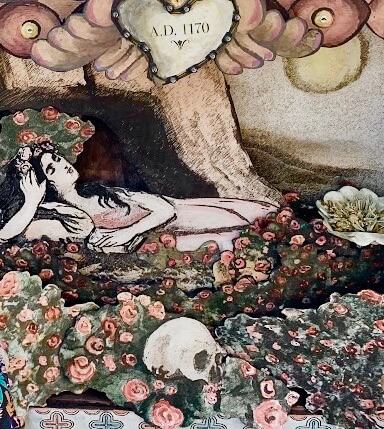 Santa Rosalia
Santa RosaliaSee More:
(Last updated: October 28, 2024)
Recent Articles
-
Sicilian Food - Rich Flavors, Endless Passion
Apr 09, 25 09:54 AM
All you need to know about Sicilian food, its ingredients and history. -
Things to Do in Palermo - Tips for a Perfect Holiday
Apr 05, 25 04:27 AM
Things to Do in Palermo - From historic landmarks to delicious food, this guide has it all. -
The Story of Tommaso Buscetta: From Mafia Boss to Key Witness
Mar 30, 25 05:12 AM
Tommaso Buscetta built Sicilian Mafia into a global empire - which he then destroyed.
Follow MANY FACES OF SICILY on Facebook, Instagram, Bluesky & Pinterest
Contact: vesa@manyfacesofsicily.com

